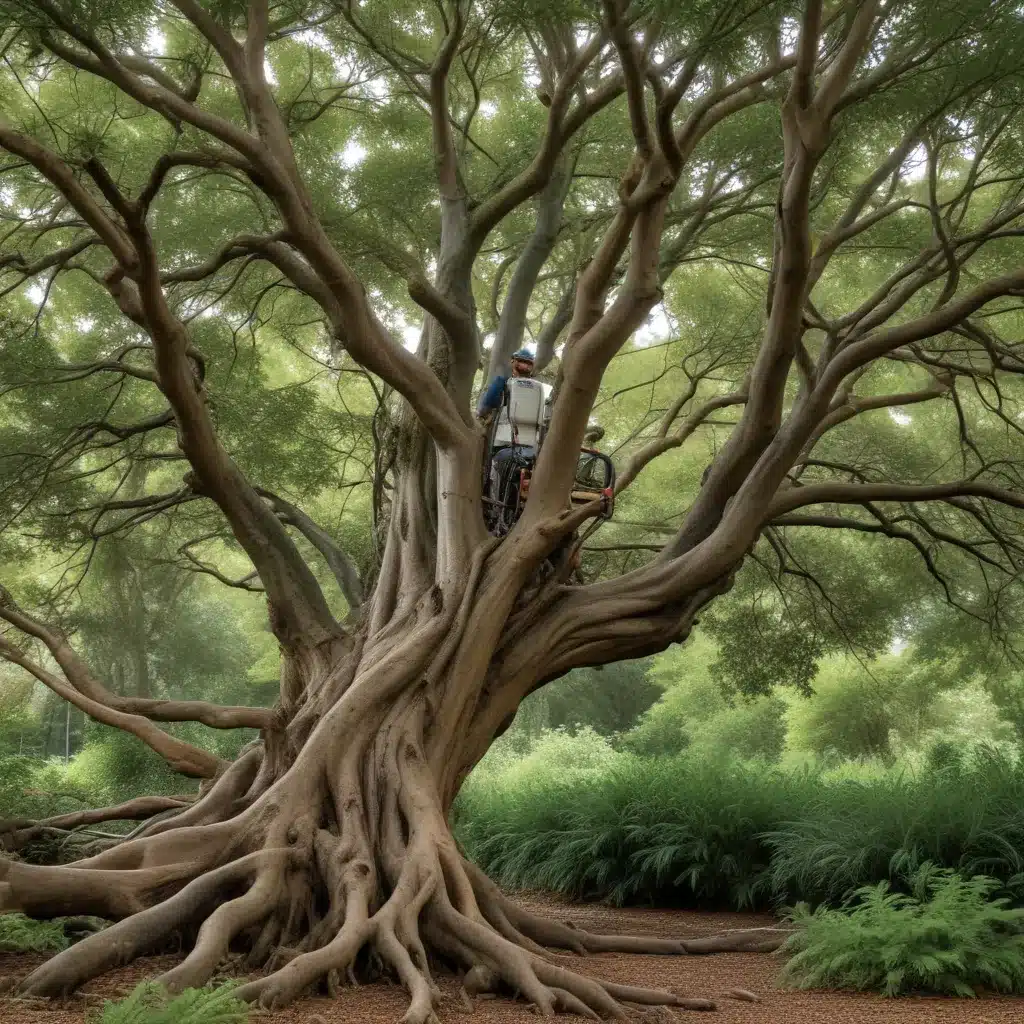
As the seasons change, trees and their surrounding landscapes undergo a captivating dance of renewal and resilience. At TriCounty Tree Care, we recognize that effective tree care requires a deep understanding of these cyclical patterns — from dormancy to vigorous growth, and the interplay between species and their environmental niches. By aligning our maintenance practices with the ebb and flow of nature, we can cultivate thriving, diverse, and ecologically harmonious landscapes that bring joy and wonder to our communities.
The Ebb and Flow of Tree Life Cycles
At the heart of seasonal tree care lies an appreciation for the phenological patterns that govern the life cycles of trees. Much like the changing leaves and flowering rhythms we observe aboveground, trees undergo a complex series of internal processes tightly synchronized with the shifting seasons.
During the dormancy phase of winter, trees enter a state of suspended animation, conserving energy and resources. Their leaves drop, and growth processes slow to a crawl. This period of rest allows the trees to prepare for the demands of the growing season ahead, accumulating the necessary carbohydrates and nutrients to fuel their spring awakening.
As the days lengthen and temperatures rise, trees gradually emerge from dormancy, signaling the onset of the growth stage. Buds swell, leaves unfurl, and a burst of cellular activity propels the tree’s upward and outward expansion. This vibrant period is characterized by the rapid production of new wood, leaves, and reproductive structures, all fueled by the tree’s stored reserves.
Understanding these cyclical patterns is crucial for developing effective tree care strategies that work in harmony with the natural rhythms of the landscape. By anticipating the tree’s seasonal needs and responding accordingly, we can promote optimal health, resilience, and longevity.
Landscape Considerations
Thriving tree populations don’t exist in isolation; they are integral components of dynamic ecosystems, interacting with a diverse array of plants, animals, and abiotic factors. When planning and maintaining tree-centric landscapes, it’s essential to consider the broader context in which they operate.
The concept of microclimate is particularly relevant, as variations in factors like temperature, humidity, wind, and solar exposure can significantly impact a tree’s growth and survival. A tree’s position within the landscape — whether it’s situated in a sheltered, shaded area or exposed to the full force of the elements — can determine its specific environmental conditions and, consequently, its care requirements.
By recognizing these nuances, we can tailor our approach to individual trees and ensure they receive the precise nutrients, water, and protection needed to thrive. This level of customization is crucial for fostering ecosystem diversity, as it allows a wide range of species to coexist within a given landscape, each occupying its own ecological niche.
Resilient Tree Species Selection
In an era of changing climate patterns and emerging pest and disease threats, the importance of selecting resilient tree species cannot be overstated. Native and adapted cultivars, with their deep-rooted evolutionary ties to the local environment, often demonstrate superior hardiness and disease resistance compared to exotic or non-native species.
When crafting a diverse, resilient landscape, we encourage the incorporation of multi-layered plantings, which mimic the natural stratification of forests. By including trees of varying heights, from towering canopy specimens to understory shrubs and groundcovers, we create a more complex, self-sustaining ecosystem that can better withstand environmental stressors and disturbances.
This approach not only enhances the landscape’s visual appeal but also promotes the flow of energy and resources through the system, supporting a thriving web of life. By carefully selecting and arranging tree species, we can cultivate landscapes that are both aesthetically pleasing and ecologically robust.
Sustainable Tree Maintenance
Maintaining the health and vitality of trees is an ongoing process that requires a delicate balance of interventions and a deep understanding of their physiological needs. At TriCounty Tree Care, we approach tree care with a sustainable mindset, focusing on practices that support the tree’s natural growth and self-healing abilities.
Pruning and canopy management are crucial elements of our seasonal care regimen. By strategically removing dead, damaged, or competing branches, we optimize the tree’s structural integrity, light exposure, and airflow — all of which contribute to its overall vigor and resilience. Importantly, we time these interventions to align with the tree’s dormant phase, minimizing stress and promoting faster healing.
Equally essential is the management of the soil ecosystem, which serves as the foundation for a tree’s health. By nurturing the rich tapestry of microorganisms, fungi, and organic matter within the soil, we enhance nutrient cycling and water-holding capacity — key factors in supporting the tree’s root system and long-term vitality.
Through a combination of strategic pruning, soil health management, and a deep respect for the tree’s natural life cycles, we aim to create landscapes that thrive year-round, withstanding the ebb and flow of seasonal changes with grace and resilience.
By embracing the seasonal rhythms that govern the life of trees, TriCounty Tree Care is committed to cultivating landscapes that are not only beautiful and functional but also ecologically harmonious. From the careful selection of resilient species to the implementation of sustainable maintenance practices, our approach is rooted in a profound appreciation for the inherent wisdom of nature.
If you’re seeking to transform your outdoor spaces into vibrant, resilient, and diverse sanctuaries, we invite you to explore the comprehensive tree care services offered by TriCounty Tree Care. Together, we can create landscapes that captivate the senses, nourish the spirit, and stand the test of time.


